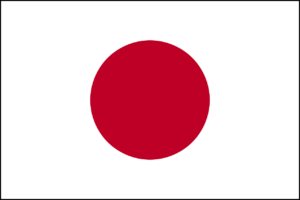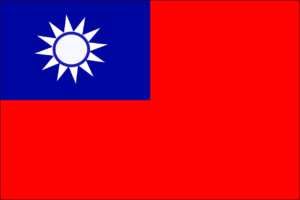LingoCards: Learn 50+ different Languages – Alphabet, Vocabulary and Phrases
Fun and Relaxing Learning Experience
Let’s learn basic words like playing games!
Play cards, get experience points, beat the levels and collect new cards for free!
Using the game-based method to keep the learning process fun at LingoCards, we make learning languages from your mother tongue possible and our learning method is based on science and game-based methods.


Nice Pictures with Voice, Various Learning Modes


Look at the beautiful and vivid flashcards, listen to the native speaker’s pronunciation on phrases and words and try to speak!
Learn and memorize basic vocabulary and phrases effectively in an amusing way!
Various learning modes:
・Detail Mode: Enjoy learning from the pretty paintings
・Shuffle Mode: Help to memorize all the cards
・Quiz Mode: Examine your learning
Absolutely FREE to Promote Levels
There are more than 30 levels. Well classifying into different categories from easy to difficult. It allows you to learn step by step:
・Alphabets
・Greetings, Basic Phrases
・Numbers, Colors, Animals
・Restaurant, Food, Vegetables, Fruits
・Transportation, Shopping, Hotel
・Body, Date, Family, Directions, Weather
・Hobbies, Tableware
・Condiments, Sports, Drinks
・Tastes, Boutique … and more!


Most Efficient Way & Save Your Time


Our brain can combine multiple senses to create strong memories. And LingoCards is developed based on this principle and when it comes to create different contents.
Use all your senses to learn:
・Look at the original drawings.
・Listen to the pronunciation from native speakers.
・Read the text written by native.
・Speak it out.
・Enjoy the game and the learning process.
・Always feel motivated!
・Strengthen your memory!
You will have rich vocabulary and will be able to use it naturally! Let’s talk with people in new languages!
Learn Faster from Your Mother Tongue
You are able to learn any of our 50+ languages from your mother tongue to help you to learn words naturally and easily.
Asia Pacific
Japanese, Korean, Chinese (Mandarin), Taiwan Chinese, Taiwanese Minnan, Cantonese, Thai, Vietnamese, Indonesian
South Asia, Middle East, Africa
Hindi, Tamil, Bengali, Turkish, Armenian, Gulf Arabic, Egyptian Arabic, Swahili, Afrikaans
West & South Europe
British English, French, Spanish, Portuguese, German, Italian, Dutch, Catalan
Northern Europe
Swedish, Norwegian, Finnish, Danish, Latvian, Icelandic, Welsh
Central & Eastern Europe
Russian, Polish, Hungarian, Czech, Slovak, Greek, Romanian, Albanian, Croatian, Serbian, Bosnian, Macedonian
America
American English, Mexican Spanish, Brazilian Portuguese, Haitian Creole
Linguistics
Latin, Esperanto






































































